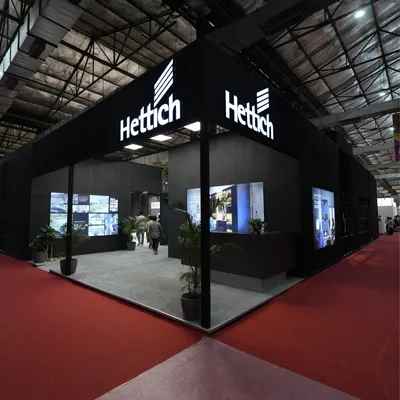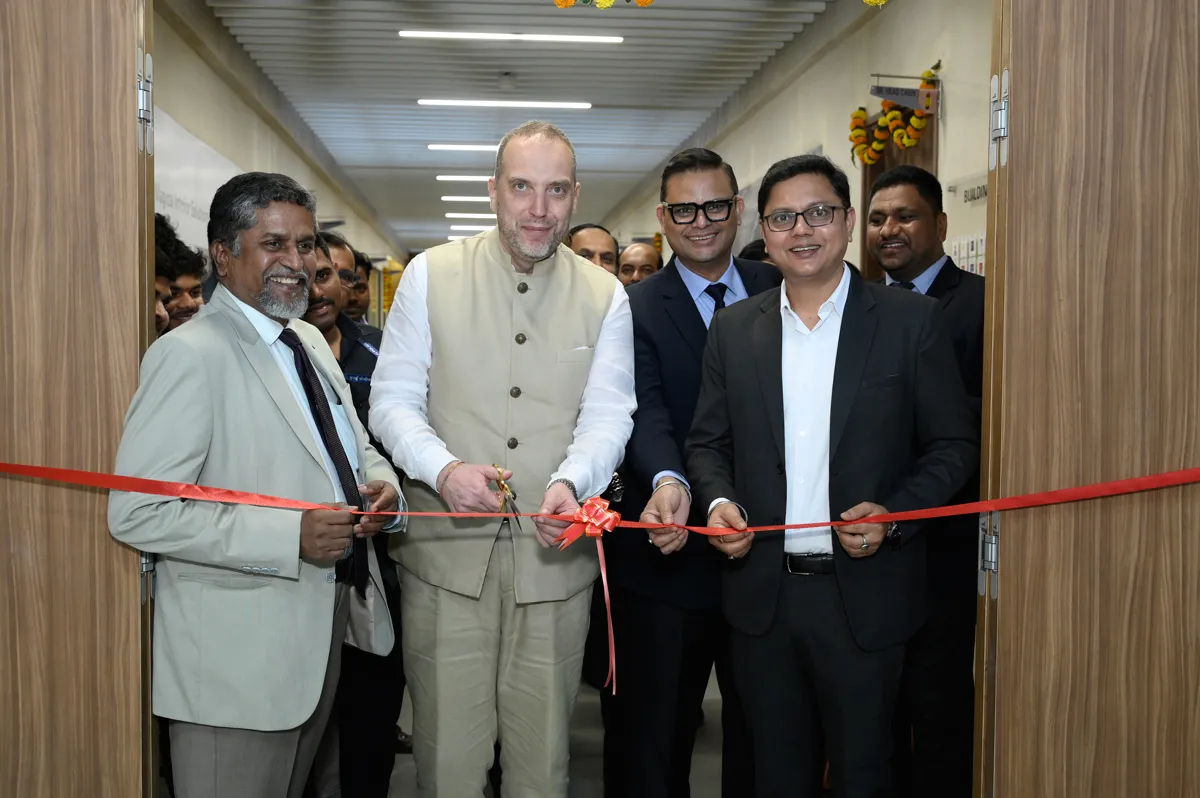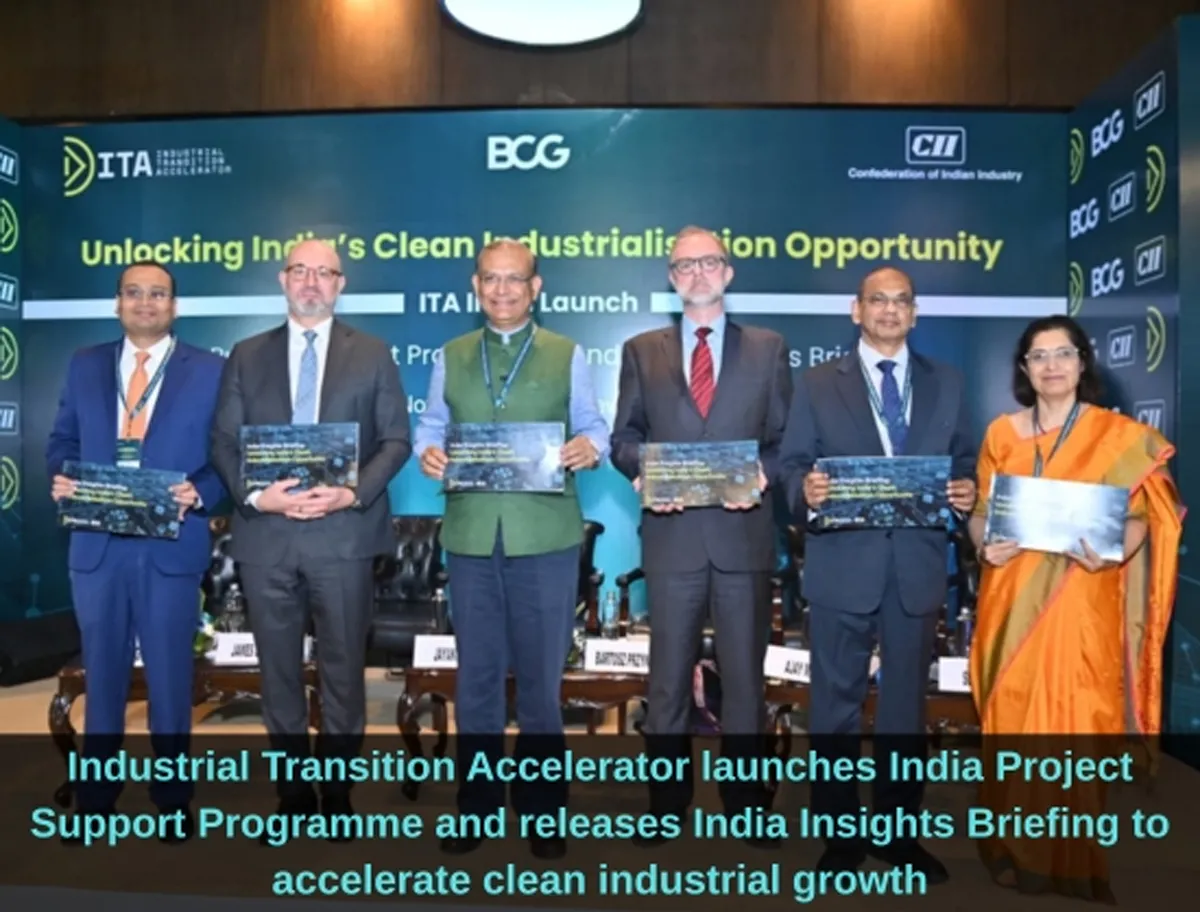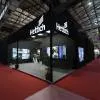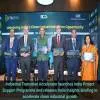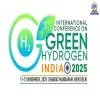Four stations of Chennai Metro achieve IGBC Platinum rating. Here's how!
01 Apr 2018
7 Min Read
CW Staff
Meet the fab four! These underground stations of the Chennai Metro Rail (CMRL) operational in Phase 1 -Thirumangalam, Annanagar East, Annanagar Tower and Shenoy Nagar-have recently received Platinum rating by the Indian Green Building Council (IGBC) for adopting green concepts in design, construction and operation.<br />
Implemented on behalf of CMRL, this green initiative by Afcons Infrastructure has offered the prospect of metro stations in India speeding towards eco-friendly and pollution-free mass transit systems in future. This journey has been embarked upon to reduce the carbon footprint, provide the best metro system to the people of Chennai, and improve the city's overall landscape in future. <br />
<br />
<span style="font-weight: bold;">The plan</span><br />
The metro project in Chennai was initiated by the Tamil Nadu government to meet ever-growing commuting needs while reducing the pollution levels. In view of providing a sustainable urban transportation system, the government also decided to implement the rating under IGBC. And, by adopting green concepts in design, construction and operation, Afcons and CMRL were successful in achieving the Platinum rating for four underground metro stations in Package-V.<br />
<br />
Green buildings are as much about construction as they are about design. It is imperative for green designs to be documented and implemented to become a reality and achieve their potential. 'Afcons focussed on green thumb rules of architectural planning, selection of green and local materials with recycled content, and effective use of natural light and ventilation right from the planning stage,' says <span style="font-weight: bold;">D Murugadasan, Project Manager, Afcons Infrastructure</span>. 'Efficient strategies in energy and water management were in place too.' He adds that green criteria were proactively established in the scope of work. Even at the site level, scheduled management, adherence to environment policies, stringent construction waste management measures, regular assessments, green education and training and certification programmes added to the green efforts.<br />
Optimum light and ventilation<br />
<br />
The stations have been designed with the effective use of natural daylight for luminance. 'To ensure the stations receive optimum daylight and fresh air ventilation, we have used tempered laminated glass on three faces of the station entrances and louvers on the fourth face of the entrance. Also, the Shenoy Nagar Station has been provided a skylight opening with tempered laminated glass on the roof and walls for daylight,' says Murugadasan. Further, indoor air quality during construction (through vent fans) and at the operation stage has been maintained for the platforms and concourses at 11 cfm, for the station controller room and office spaces at 5 cfm, and for retail areas at 7.5 cfm. An environment-friendly job site was created by monitoring and maintaining the air quality and noise pollution (<65 dB(A) during daytime and <55 dB(A) during night time as per CPCB standard for commercial area) within the limit during construction.<br />
<br />
<span style="font-weight: bold;">Efficient fixtures</span><br />
Efficient strategies were adopted at the metro stations in the areas of energy and water in planning and designing. Murugadasan elaborates: Energy-efficient electrical equipment such as transformers, motors, light fittings, etc, has been used. LED lights with 60 per cent savings and energy-efficient vac have been installed. A supervisory control and data acquisition (SCADA) system has been used for energy and power factor control. Also, Afcons has ensured reduced lighting power density >60 per cent at the concourses, platforms and public interface levels, efficient building envelope, improved efficiency in HVAC equipment and systems >15 per cent above ASHRAE 90.1-2010. The stations also have machine-room less type lifts installed that are energy-efficient, and auto sensor escalators and elevators with three-phase VVVF drive. Variable speed drives were used in the pumps and motors. CFC-free eco-friendly refrigerants (R134a) and halon-free fire suppression systems were used. Also, the commissioning, monitoring, measurement and verification plan included comprehensive energy auditing for all HVAC, lighting, power backup systems, and elevators and escalators. Further, in the area of water conservation, the stations have made use of low-flow fixtures, resulting in 45 per cent savings. Rainwater harvesting has been undertaken at the stations. <br />
<br />
Moreover, smart monitoring or smart passenger services have been introduced in the development of these stations. Platform screen doors (PSD) in the underground stations have been installed to instill passenger safety, energy savings and efficient tunnel ventilation. Signage and a numbers of display boards have been provided to guide passengers.<br />
<br />
<span style="font-weight: bold;">Material and waste management</span><br />
The materials used in the construction of these stations contained an average of 22 per cent of recycled content. Further, 97 per cent of the materials used in these metro stations was brought from within 400 km of the project site. Material storage and protection was looked after. Measures were also taken to prevent site erosion and sediment runoff. In terms of waste management and recycling, Murugadasan says, 'Hundred per cent of the construction waste was handled by proper disposal, sale and diversion. Afcons is diligently maintaining the principles of construction waste segregation and collection by reusing, recycling and diverting more than 95 per cent of the civil and interior wastes. For the construction site being temporary in nature, sewerage was disposed to a sewer line connected to the Chennai Corporation sewerage treatment plant (STP). Afcons has undertaken extensive construction waste management practices at these stations.' <br />
<br />
<span style="font-weight: bold;">The 5 'R's</span><br />
One of the challenges faced in construction was with policies with regard to sustainable site management, energy management, environment balance, waste management, indoor air comfort and water savings, which had to be deeply addressed. <br />
Nevertheless, sustainability and green criteria measures were followed, which consisted of the five 'R's-Recycle, Reuse, Refuse, Reduce and Rethink-which were crucial in the entire process. Afcons religiously followed the laid-out strategy to ensure the project achieved the desired ratings. The idea of these five 'R's helped in formulating policies for sustainable site management, energy management, waste management as well as resource planning. Attention to detail in every aspect was crucial and stringent guidelines were maintained by the working teams to not only keep the green aspect consistent but safeguard all the resources, all the while reaching the highest standards of work.<br />
<br />
The five 'R's were indeed the key to achieving the endeavoured mission in a sustainable manner!<br />
<br />
<br />
<span style="font-weight: bold;">Project Details</span><br />
<br />
Client: Chennai Metro Rail. <br />
Website: www.chennaimetrorail.org<br />
Construction contractor: Transtonnelstroy Afcons JV. <br />
Project consultant: EmbyE.<br />
Design consultant: Parsons Brinckerhoff.<br />
Master planner: Rock Usi.<br />
LEED consultant: Green Footprints. <br />
Website: www.greenfootprints.co.in<br />
<br />
<span style="font-weight: bold;">- SERAPHINA D'SOUZA</span><br />

